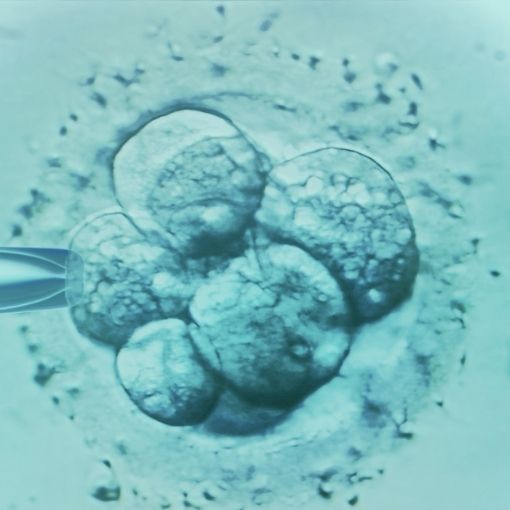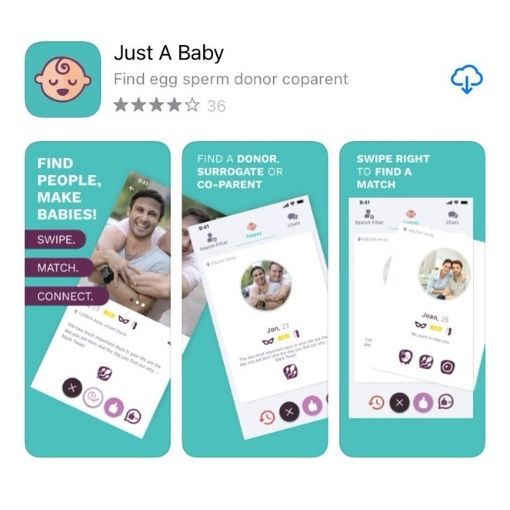February the 11th is Women in Science day. So here at Hoopsy we thought we would take a moment to recognise three lesser-known extraordinary women who have led the way and changed the course of fertility treatment, and shaped the medical treatment available to us today.
What is Women in Science Day?
February 11th marks International Women and Girls in Science day. It’s a global celebration set out to recognise the contribution females have made to science and their achievements both past and future. We thought this is a great opportunity to learn a little more about women who contributed their time to the study of reproductive medicine and made a difference to the wide range of fertility treatments we are blessed to have access to today.
Miriam Menkin
Miriam Menkin (1902-1992) was a lab technician who worked for the late fertility expert John Rock. She was the first person to witness the creation of life outside the human body when she performed the first laboratory fertilisation of a human egg!
Her success came as a result of a happy accident. Each week, she would introduce a new egg and sperm in a petri dish and monitor it for half an hour. One Wednesday, following a sleepless night of soothing her teething 8-month-old baby, she dozed off while watching the petri dish. When she awoke, she realised that she had lost track of time and a full hour had passed.
When she checked the petri dish, the sperm and egg had successfully fertilised! Menkin and John Rock had achieved what at the time seemed impossible. They paved the way for other scientists in the field. She received little recognition for her discovery compared to her male colleagues, who were male scientists and doctors. Still, without her accidental discovery, we could have waited much longer for that first fertilised egg in a petri dish!
Jean Purdy
If you’ve done your homework on the history of IVF, you’ll know that Louise Brown was the first IVF baby to be born in 1978. But did you know that Jean Purdy was the nurse who was the first person to see the successful embryo division that led to the birth of the first IVF baby?
Because she was a nurse and embryologist, not a doctor, her part in this huge milestone went unrecognised for many years. Her name and her sisters were left off the commemorative plaque.
The only names officially recognised at the time for the successful birth were Professor Sir Robert Brown and surgeon Patrick Steptoe. Anyone involved in IVF treatment or who has been through the process knows it takes a village to raise an embryo!
Her name, along with her sister Murial Harris, another IVF nurse pioneer, was finally added to the plaque at Royal Oldham Hospital in 2022 to recognise her essential role. Sadly Jean Purdy passed away in 1985. So was unable to see her name immortalised in the hospital’s history, but the world will never forget her amazing contributions.
Ruth Fowler
Ruth Fowler (1930-2013) Although this amazing lady’s actions did not directly influence the first IVF birth, she contributed a ton of research to the field of reproductive medicine in general.
In partnership with her husband, Bob Edwards, Fowler wrote about ways to increase the number of synchronised eggs recoverable from female mice over a series of papers. This feat of hers helped her disprove the common misconception that the superovulation of adults was impossible.
After birthing five of her own children, she continued to publish more papers about the growth of human embryos in human embryos in a lab setting. As well as the genetics of early human development. She continued researching even after the first IVF baby was born, giving more insights into reproductive science.
Ruth Fowler dedicated her life to making discoveries that would help reproductive medicine evolve and reserves more recognition for her achievements.
The Importance of remembering women in science
These are just three of many women in science who have helped the world of fertility medicine evolve. We hope you enjoyed reading about these amazing ladies. Women in science, both past and present, deserve more recognition for their contributions. Let us know what you think, and don’t forget to follow us on social media.




